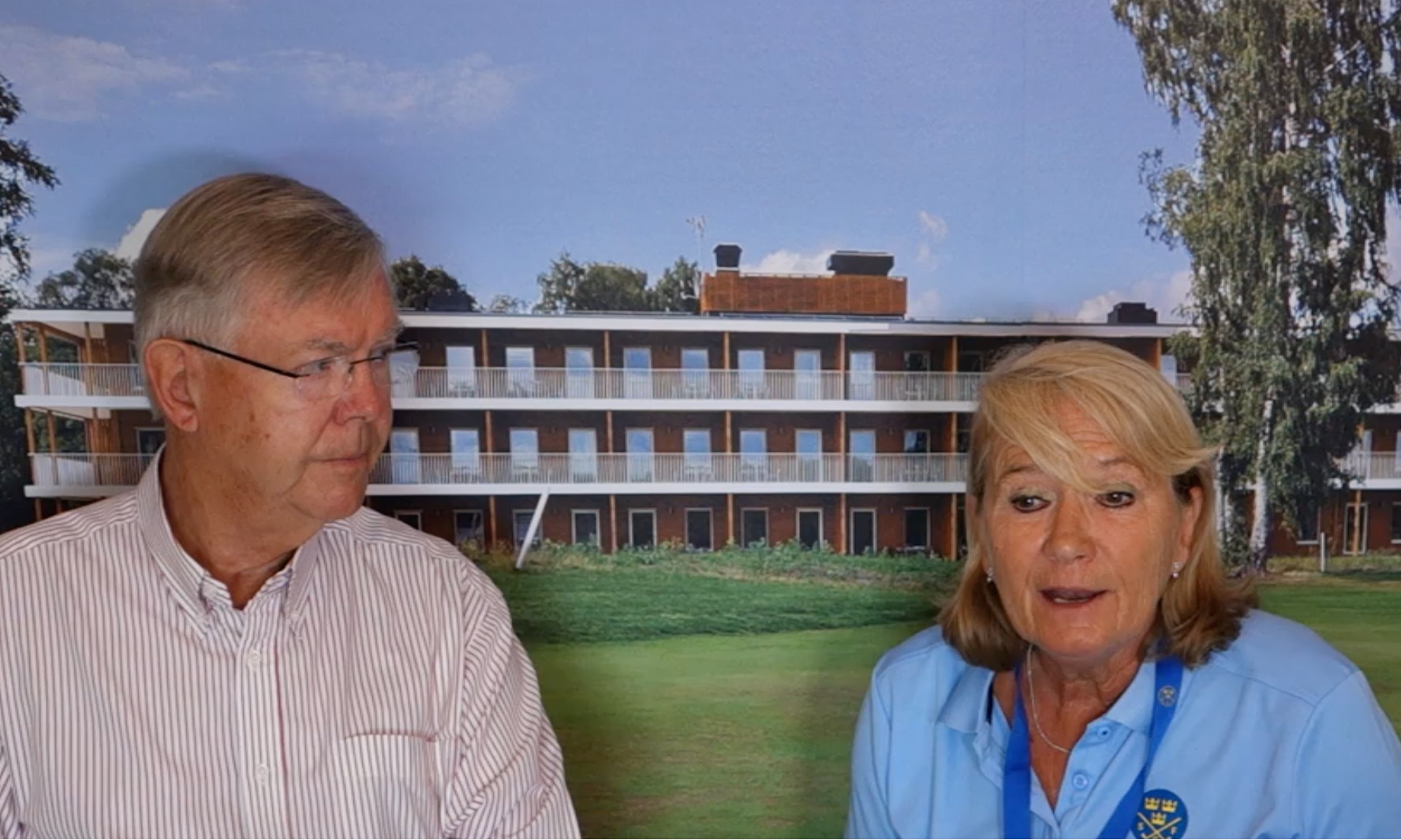Audio:
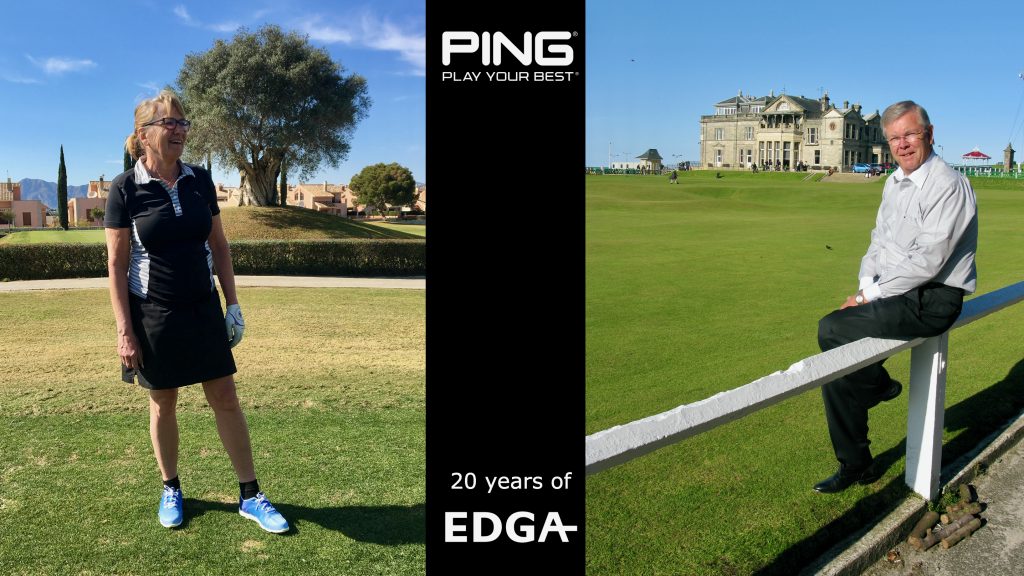
Look behind the vast majority of successful organisations, and we can find a story of determination, struggle, conflict, doubt, tough decisions and of course, the people who took the first steps. Every organisation starts small. Typically, successful ones have a clear mission. Perhaps the purpose is to solve a problem that has been unearthed. Perhaps it is to exploit a gap in the market. Perhaps it is because the founders have identified a need, a need that has moved them to make a difference.
It is always the people that are the most important. People who care. People who are committed to making a change. People who can see a better way. Two such people, Helena Brobeck and Pieter van Duijn sat down to recall the days leading up to the formation of the European Disabled Golf Association.
It is hard to find evidence of the first disabled golfers who played. Still, it is fair to assume that they have been playing throughout the entire time that the game has existed. As with the mainstream game there are various claims to have been the first organisation to be committed only to golf for the disabled. It is clear, however, that by the middle of the 20th century several associations for golfers with a disability had been formed.
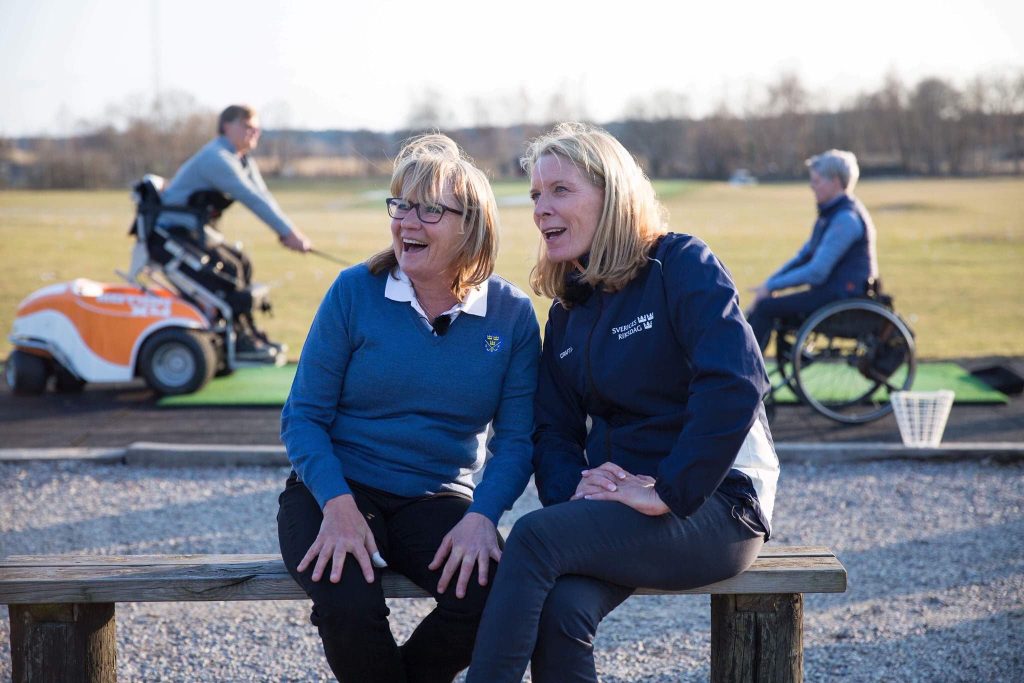
Helena Brobeck had been working with golf for the disabled since 1990 in Sweden, and one day she took a call from the Swedish Golf Federation. “Can you organise a training camp for disabled golfers?” the voice at the other end of the line asked. This is precisely what Helena had been hoping for, and she immediately set about organising a five-day training camp at Ulriksdals golf club. The federation sent Lars Tigerberg, who worked on the Swedish education programme to observe. Lars returned to head office full of enthusiasm and said, “We have to do a project for golfers with a disability, it is good for them, and good for golf.” Quickly the Swedish Parasport Federation, Kalle Roos and the Swedish Golf Federation got together to establish a programme which ran from 1992.
For the first four years it was the Swedish government that paid for its delivery. Under Helena’s direction the programme developed, but by 1994 the then President of the Swedish Golf Federation was not on the same wavelength and said he wanted the Swedish Parasport Federation to take golf for the disabled under their wing. “No, no, nothing is going to happen there because they don’t know anything about golf,” said Helena, “Can I have two more years, two more years, and I promise you that you’re going to change your mind.” Through Helena’s commitment, passion and leadership, she got her two years, and she was right that the board started to understand that golf for the disabled should be integrated. From 1996 golf for the disabled has been totally included in the Swedish Golf Federation. Helena then took her message and that of the Swedish federation on the road, helping the French federation realise that they had to see beyond the disabilities and to see people as golfers.
1996 was also the year that Pieter van Duijn from the Netherlands first came in contact with golf for the disabled. Pieter had been told that three disabled players from England were coming to play a charity match near Rotterdam and he was invited to attend. Pieter couldn’t imagine why he had been invited, as he didn’t feel disabled and was a regular member of his golf club. Even so Pieter accepted. After the match, the players invited Pieter over to the Federation Games in Swindon during 1997. “It was a shock for me really because I had no experience at all with people with a disability playing golf.
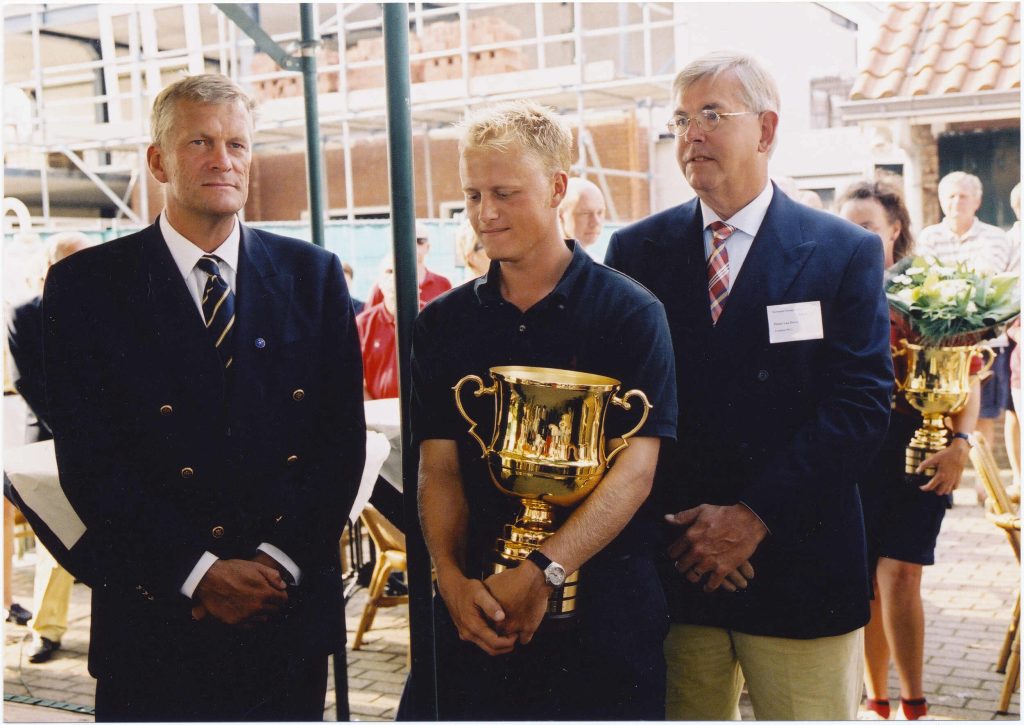
I saw people with all kinds of disabilities, no hands, no feet, burnt faces, burnt arms, blind and wheelchair players. I had been invited so I had to play, and I did. After three holes, I discovered that my vision, my opinion, was blocked by what I saw. I saw only a wall of disabled people. I didn’t see the game behind it. After three holes, I really saw, and that was my first experience.” Pieter completed the tournament, but was troubled. His mind was in overdrive and it was on the ferry back to Holland his thoughts started to come together. “I thought that I had this personal experience, but was that all there was to it? What should we do now I asked?” By the time he disembarked the seeds for a Dutch Disabled Golf Association had formed in his mind and duly it was founded in June 1997. At first the Dutch Golf Federation considered his initiative as ‘health care,’ but later came to realise that it was in fact leisure, even a sport.
Although playing the game of golf is the primary reason why people get together at a tournament, the social connections built can last a lifetime. A good acronym for golf is: Great Opportunities for Lasting Friendships. It was in Swindon in 1997 that Pieter met not only the British but also the Swedish contingent, the French, the Germans and the Italian players. He had no idea that they were all having tournaments, and neither did any of the others. It was time to collaborate, and it was Pieter who took on the voluntary role of making it happen. The first meeting of people and organisations promoting golf for the disabled was organised in Enköping, Sweden on 18th July 1997. Representatives from Sweden, France, UK and the Netherlands attended.
In Europe, the Swedish Golf Federation had become disabled golf’s leading advocate. Pieter is quick however to state that, “Had it not been for Helena, this would have taken much longer.” By the end of 1999 a small group of countries came together to form a steering committee to set-up an international organisation. Kalle Roos from Sweden, Klaus Ahrens from Germany and Pieter van Duijn were instrumental, as was orthopedic surgeon, Peter Köhler from Sweden, who had the vision to create some kind of standards and so the definitions of impairment were born in 1998. “It was the wild west out there,” says Pieter “There were no rules of who was allowed to play in the tournaments. There was no uniformity of what a disability was and how it affects someone’s ability to play the game.”
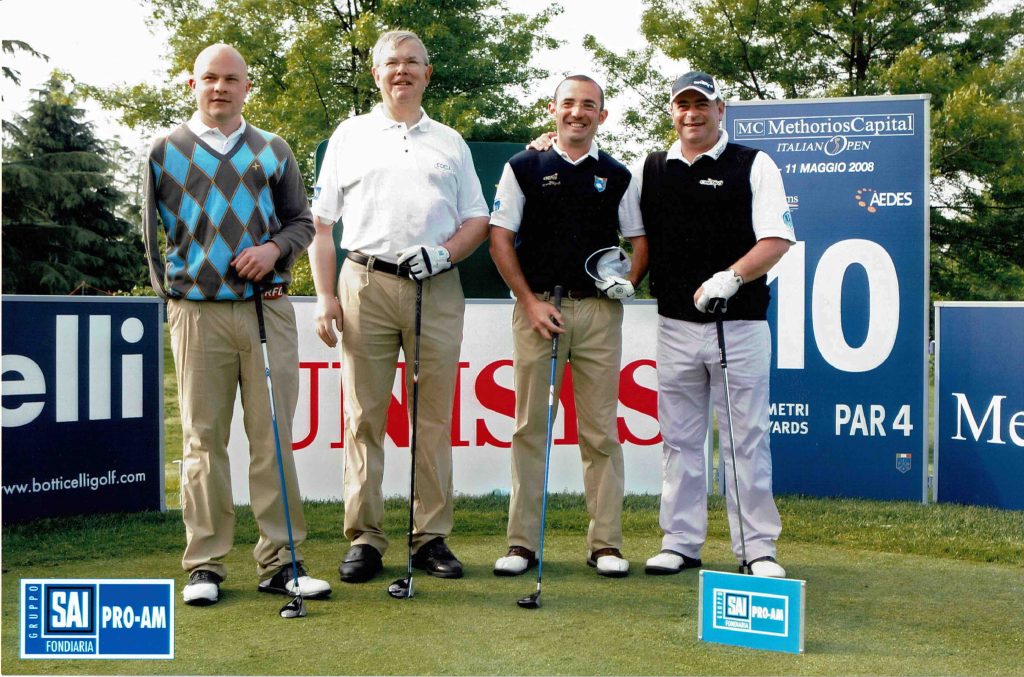
It soon became apparent that each country had its own way of doing things. There was a variety of opinions that would eventually need to be harmonised if real progress was to be made. “There was a lack of knowledge about the game, and everybody brought their own ego. One country would say, we do this or that in a bunker, someone else would say they all had a Mulligan on the first tee, and so it was. It was like the wild west with everybody doing their own thing.” Despite their differences, all agreed about the necessity of developing a European organisation.
The group started to align, but it was hard work. The agreement that the Rules of Golf should be observed was a good start. Once The R&A established the Modifications of the Rules for Golfers with Disability, things improved, and some of the more imaginative solutions were consigned to history. Golf for the disabled had turned a corner and became closer to the accepted norms in the mainstream game.
It should not be surprising that each organisation was fighting for their tribe. Some groups of players felt that only people that were like themselves could know what they needed. This was encapsulated in a newsletter which was circulated by a disability association. “We in xxx do it for over 70 years, disabled golf in xxx has steadily evolved into well-established groupings. These are primarily the one arm, the blind, the deaf, the amputees and the wheelchairs. These groups are in time for their own associations, and the needs of these associations are separate and autonomous, and will not tolerate any interference from outside agencies.”
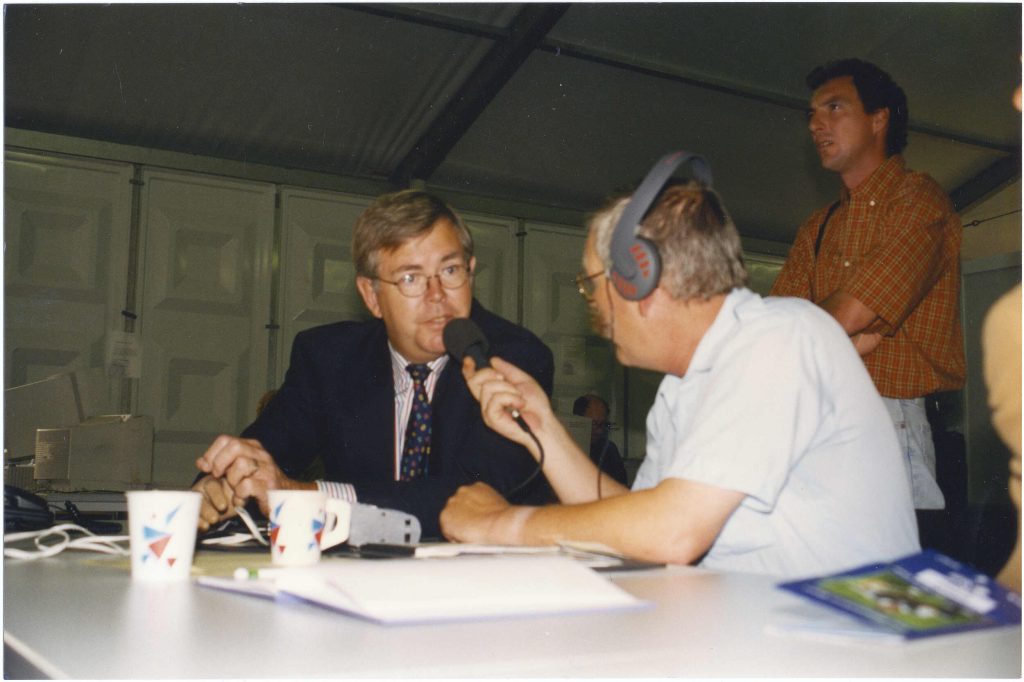
Others had a more liberal approach, understanding that it was better to be part of the bigger game than to be siloed into a small division. One competitor wrote, “What it’s all about is disabled golf, it’s about us getting together, some with a few problems and some, where there are lots of problems.” This sentiment gathered support from many, and so there were two distinctly different camps. This made consensus almost impossible. The different perspectives of national golf federations and disability associations, together with cultural differences and the tribal nature of some individual groups, meant that any lasting alignment was unlikely. Golf for the disabled in those turbulent years was a true family affair; players brought their spouses and children to the tournaments all across Europe.
Two Steps forward – one step back, was a recurring theme around the turn of the 21st century. Just as some progress was made another barrier would appear. It seems incredible to think this but fear – fear of change – was responsible in most cases. Helena says that “Most clubs were very nervous in the beginning. They would call me and ask, what should we do?” Helena and the team would take the time to talk with everyone involved, from the Director, to the professional, from the club staff to the members. “After a while, they started to feel more comfortable and usually after the competition people said that this was the best competition they had had.”
Pieter also had similar experiences in the Netherlands. “We had our first official tournament, and the club put ball spotters on the course because golfers with disability were playing. The club felt that the ball would be going everywhere causing safety problems for other players and spectators along with pace of play issues. Of course it was a surprise to them, because in the second year we came to the same club and they said, okay, we have two disabled players and two members playing together. In the third year we played the tournament, and it was two disabled players competing against two of the members. So it took time to change the mindset.”
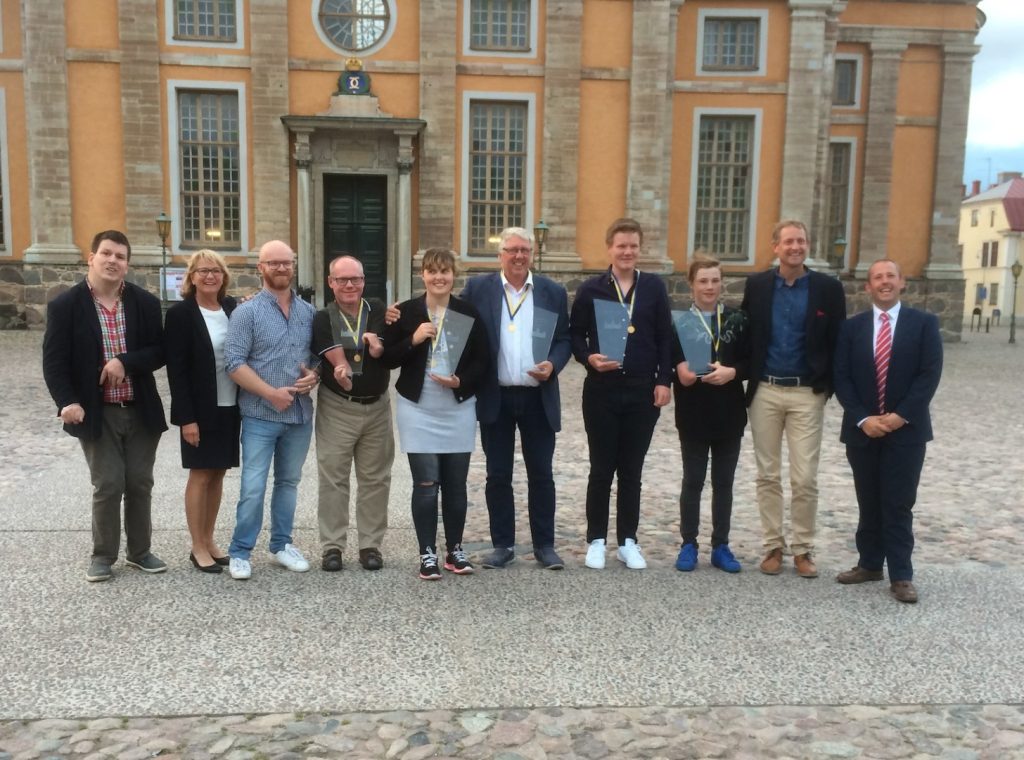
Not all clubs had open minds and it was only when they actually witnessed golf for the disabled that their minds opened. “I wanted to start an event at another club,” said Pieter. “The President who himself was visually impaired said, I don’t want it. It’s not my cup of tea. I said, okay, I respect your opinion, however it should not end like this, shall we play nine holes, and then shake hands? He said okay and off we went to the course. After nine holes, he said, is that all? Yes, I said, that’s all. He had a completely wrong image of what disabled golf was.”
Informing the decision-makers has, and continues to be, one of the most important roles of EDGA. It is easy to get the wrong impression. The international symbol for disability is a wheelchair, much of televised disabled sport features someone in a wheelchair, tennis, marathons, rugby and basketball. Frequently it can be the preconception that disability equals someone in a wheelchair. For a Golf Director, Golf Manager or President, who has to make a decision, it is easy to think that if everyone is in a wheelchair what will that mean for the course, for the clubhouse and the members? Of course, there is a small percentage of the players who actually play in a wheelchair, but the constant subliminal symbolisation on every disabled bathroom, every hotel and parking place makes the preconception even stronger. EDGA encourages people to understand that this is actually about golf and not about disability.
On the fourth of March 2000, the European Disabled Golf Association was formed in Wiesbaden in Germany. The founders at a special meeting were, Dr Barbara Rosner, who was one of the executives of the German Golf Federation, Kalle Roos from Sweden, Pieter van Duijn from Holland, Klaus Ahrens from Germany, Hördur Barddal from Iceland, Hans Møllegaard from Denmark and Jean Francois Claisse from France. Directly after the founding meeting EDGA had its first general assembly. The initial definitions of impairment were accepted as was the constitution which had been written in an unusual place. “Kalle and I went to an island, sat there for hours on the rocks thinking, and writing what the constitution of EDGA should include” says Pieter, “We had no experience at all, but we had a passion and a purpose. Some days I can still feel what it was like sitting on those rocks. We did get it written, we did get it accepted by the members, and I must say, to be honest, it was partly ‘borrowed’ from the constitution of the IPC.”
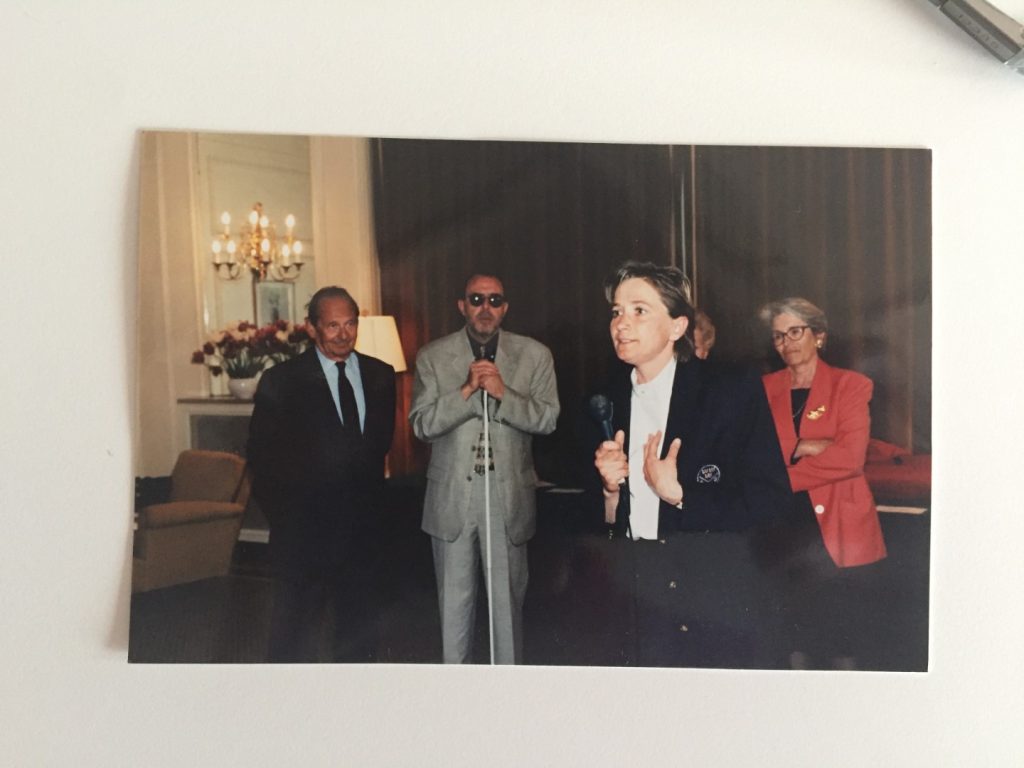
Getting the association set-up was one, and perhaps the easiest, thing to do. The next stage was to make it work. To do so, EDGA needed to take on the role of an educator to the various bodies, to help them better understand what golf for the disabled really meant. As General Secretary Pieter was on the front line. “We had official tournaments and so had to educate the golf clubs, the golf organisers, the referees, and the volunteers, on what they could expect. Even the referees didn’t really understand. We had to push them to apply the rules, they would often say, ‘I know he shouldn’t have done that’, but they didn’t want to penalise someone with a disability. We said no, you have to penalise, and that was a difficult step for the referees. It gives you an indication of the mindset of the people in golf at that time.”
So, two steps forward – one step back. Just as the referees got on board, albeit reluctantly at first, the course managers and greenkeepers were voicing their concerns about the seated players riding onto the greens. “All kinds of vehicles were being brought to the golf course. One player would be driving backwards, someone else was using a kind of mini tractor, another would ride then turn the seat to the side so that they could put their knees and feet out to play the ball. Then came the paragolfer. We had a full-range of machines,” says Pieter who had to explain that these vehicles all weighed much less than any of the machinery the greenskeepers were already using.
The association had started to take its place in the world. As with most volunteer organisations, the majority of work fell on the shoulders of a handful or two of people. Piece by piece, the association was being built. As time passes, people change and with more awareness EDGA started to gain some ground. Kale Roos was the first official President and was followed by interim Hans Klein for a short period of time after which Roberto Caja from Italy stepped into the role until the end of 2012. Often EDGA was pulled into non-golfing situations. Pieter remembers helping to mediate between two private organisations and the Spanish Federation. This was just one example of several times that required diplomacy and good sense. Roberto was the right man at the right time for EDGA as his decorum would fit into almost any setting.
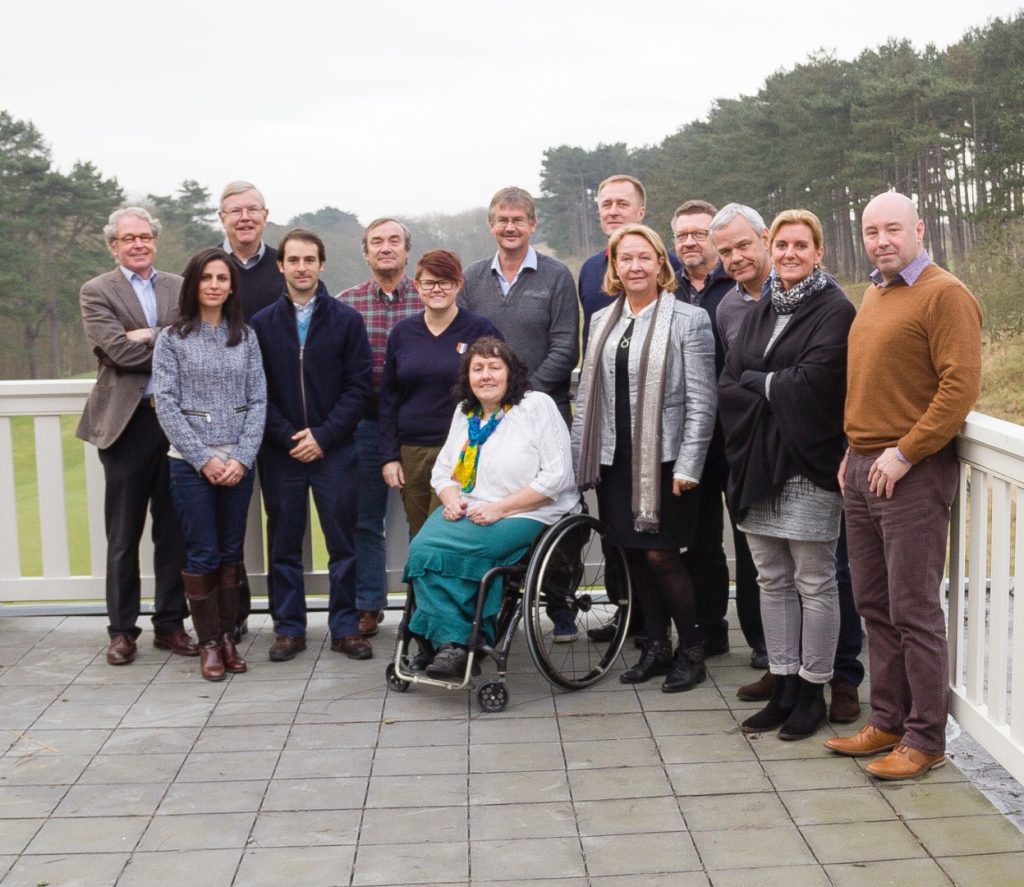
Every organisation has to be adaptable, and often times the need to change comes just as things start to settle. Peter Köhler, Jean-Francois Claisse and their team had got EDGA off to a good start with the first definitions of impairment, but it was Professor Wim Eisma who then picked up the reins until passing it on to Professor Hans Arendzen. At every stage, EDGA had been able to rely on passionate people, who had good knowledge and were determined to make a difference.
Professional education started with the help of the Ryder Cup European Development Trust, who funded a project to help professionals up-skill and so be more adept at receiving golfers with disability. The PGAs of Europe brought together coaches and educationalists from around Europe, and together with some of the leading golfers with disability they built a framework which was gifted to EDGA for distribution around the continent. The PGA of Holland and others populated the framework, and today several countries have their own programme in their native language. These kind of collaborations were exactly what EDGA had hoped for. Even though there were friendly relations with many of the leading organisations in golf, including the European Golf Association, it was only The R&A and the European Tour that provided some needed funds to the association.
From 2009 Roberto and Pieter were regular visitors at the IPC Headquarters in Bonn, Germany, with the support of Professor Wim Eisma, Professor Hans Arendzen and Physiotherapist Jan Esser. The objective was to promote golf as a future Paralympic sport. With the strong support of International Golf Federation’s President Peter Dawson and Executive Director Antony Scanlon, an advisory committee was formed by representatives of associations working for golfers with disabilities, together with individuals who possessed expert knowledge in complimentary fields. In July 2010 Pieter presented the Bid-book for golf in the 2016 Paralympic Sports Programme called ‘Down the Fairway To Rio.’ On this occasion the bid was unsuccessful, as just para-canoe and para-triathlon were added to the existing sports programme.
Roberto’s ill health eventually meant he had to step down and by the end of 2012 the EDGA Board felt that they couldn’t really go any further and so looked for a change in trajectory. But that is another story for another time.
Contact EDGA
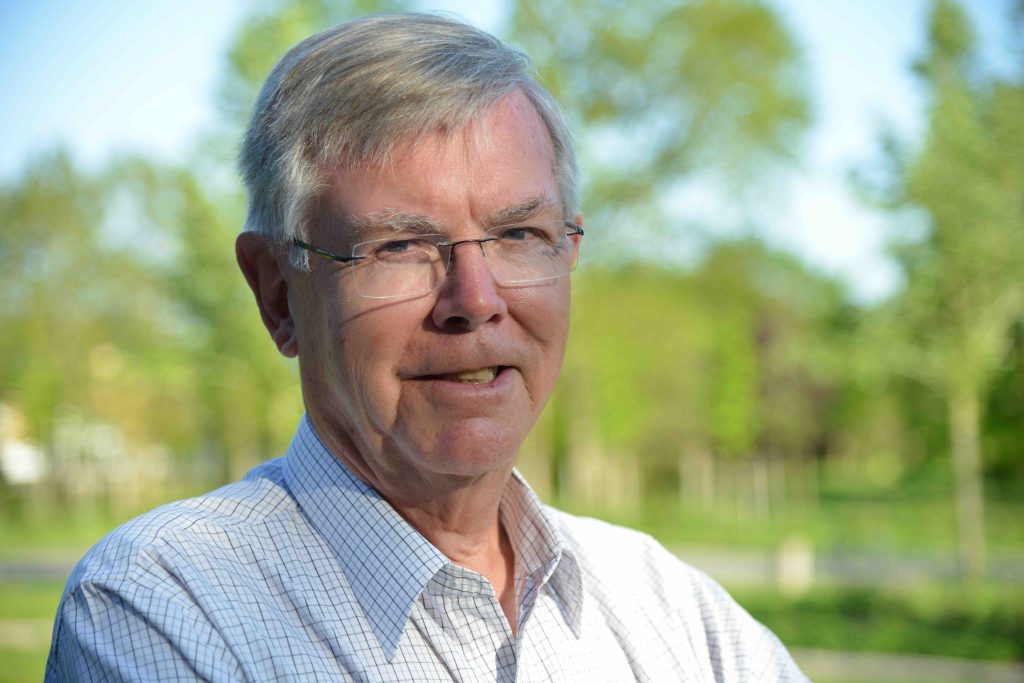
NB: When using any EDGA media, please comply with our copyright conditions


